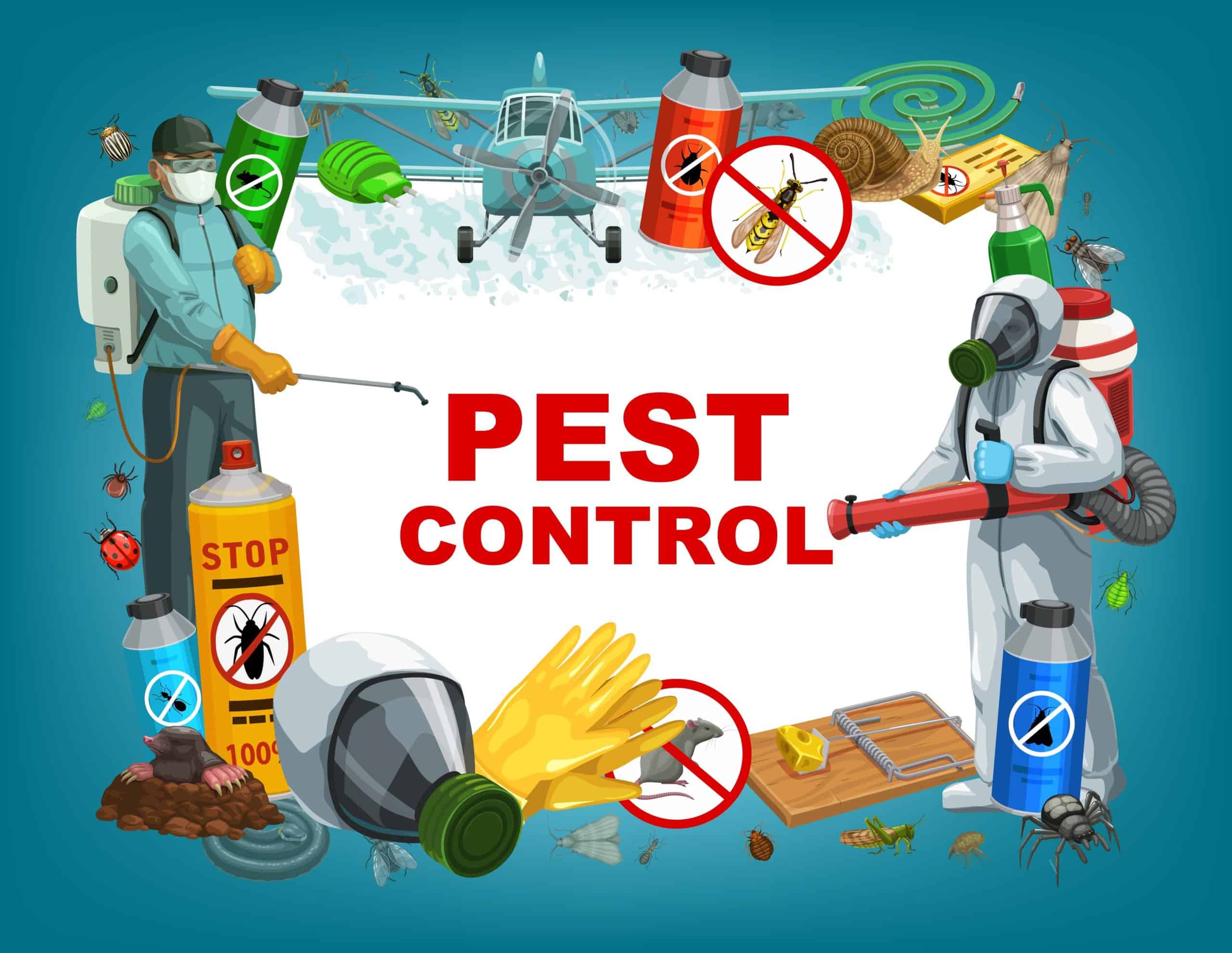A1 Bed Bug Exterminator Charlotte - Effective and Economical Services
A1 Bed Bug Exterminator Charlotte - Effective and Economical Services
Blog Article
Bed Pest Treatment Failure: Comparing Chemical Vs. Non-Chemical Solutions
In the world of pest control, specifically when dealing with the consistent issue of bed insects, the selection between chemical and non-chemical treatment remedies can be a critical one. Both strategies offer unique benefits and drawbacks, influencing elements such as performance, safety factors to consider, and total cost. By taking a look at the nuanced information of each method, a clearer understanding of which course to seek in addressing a bed insect problem can be attained.
Effectiveness of Chemical Treatments
Chemical treatments for bed insect problems have actually been widely acknowledged for their potent and fast efficiency in eradicating these parasites. When considering the performance of chemical treatments, it is crucial to recognize that they can offer a detailed and fast service to a bed insect issue.
In addition, chemical therapies have the benefit of using recurring results, implying that they can proceed to eliminate bed pests also after the initial application. This residual activity is particularly advantageous in combating any type of prospective re-infestations. In addition, the fast action of chemical treatments can bring alleviation to people encountering serious bed pest invasions, permitting them to gain back control of their living rooms swiftly.
Safety Worry About Chemical Solutions
One important aspect that requires careful consideration when using chemical options for bed bug treatment is making sure the safety and security of owners and the atmosphere. Exposure to particular chemicals used in bed insect therapies can lead to respiratory concerns, skin inflammation, or other negative reactions, particularly in people with pre-existing problems or level of sensitivities.
Additionally, the ecological influence of chemical options is an additional considerable consideration. Some pesticides used in bed bug therapies might be harmful to beneficial bugs, wild animals, and ecological communities if they seep right into the dirt or water supply. It is vital to make use of chemical treatments deliberately, complying with security standards, and taking into consideration much less poisonous choices to alleviate these dangers and make sure the secure and efficient monitoring of bed pest invasions.
Benefits of Non-Chemical Strategies
Taking into consideration the potential safety worries and environmental effect connected with chemical remedies for bed insect therapy, checking out non-chemical techniques presents a promising option with several unique benefits. Non-chemical therapies are environmentally pleasant, as they do not add to air or water contamination, making them a sustainable selection for pest control.
Furthermore, non-chemical solutions can be effective in targeting bed insects, consisting of hard-to-reach areas where chemical treatments may not penetrate. Approaches such as warm therapy, vacuuming, vapor cleaning, and cushion encasements supply detailed elimination without making use of dangerous chemicals. Furthermore, non-chemical approaches can be much less disruptive, calling for marginal prep work and enabling for quicker reentry into treated areas. On the whole, selecting non-chemical bed insect treatment approaches not only prioritizes safety and security and environmental management but likewise guarantees efficient and comprehensive pest control.
Limitations of Non-Chemical Treatments

Additionally, non-chemical treatments frequently require multiple applications to accomplish successful elimination. This can be time-consuming and might not constantly guarantee total elimination of all bed pests and their eggs, particularly in hard-to-reach or concealed locations.
Furthermore, the success of non-chemical treatments heavily counts on proper application and thoroughness, which can be challenging for individuals without specialist knowledge. Insufficient application of non-chemical methods may cause insufficient eradication, causing consistent problems and the requirement for additional treatments.
As a result, while non-chemical therapies have their benefits, it is important to acknowledge these restrictions and consider them when identifying the most efficient method for managing bed bug problems.
Price Contrast: Chemical Vs. Non-Chemical Options
Offered the restrictions connected with non-chemical therapies, a necessary aspect to evaluate in the context of bed insect administration is the expense comparison between chemical and non-chemical choices. Chemical therapies commonly involve the application of insecticides by specialists, which can range from $250 to $900 per space, depending on the intensity of the invasion and the size of the area to be treated. On the other hand, non-chemical therapies like heat treatment or steam can be more expensive, with expenses ranging from $1,000 to $6,000 for an entire home. While the first expense of chemical therapies may appear reduced, several treatments might be needed to completely remove the invasion, potentially raising the overall cost. On the various other hand, non-chemical options may provide a more sustainable and eco-friendly solution, although they can be cost-prohibitive care pest control for some people. Eventually, when taking into consideration the price of bed pest therapy alternatives, it is necessary to evaluate the in advance expenses versus the effectiveness and long-lasting sustainability of the picked method.
Conclusion

Considering the potential security worries pest control information and environmental impact connected with chemical solutions for bed bug treatment, exploring non-chemical methods provides a promising option with a number of distinct benefits.Given the constraints associated with non-chemical treatments, a vital element to assess in the context of bed bug administration is the cost contrast between chemical and non-chemical alternatives. In comparison, non-chemical treatments like heat therapy or vapor can be extra pricey, with expenses ranging from $1,000 to $6,000 for a whole home. While the preliminary cost of chemical therapies might appear lower, several treatments might be needed to totally eliminate the invasion, possibly raising the general price.In conclusion, when comparing chemical and non-chemical bed insect treatment alternatives, it is crucial to take into consideration efficiency, safety, advantages, restrictions, and expense.
Report this page